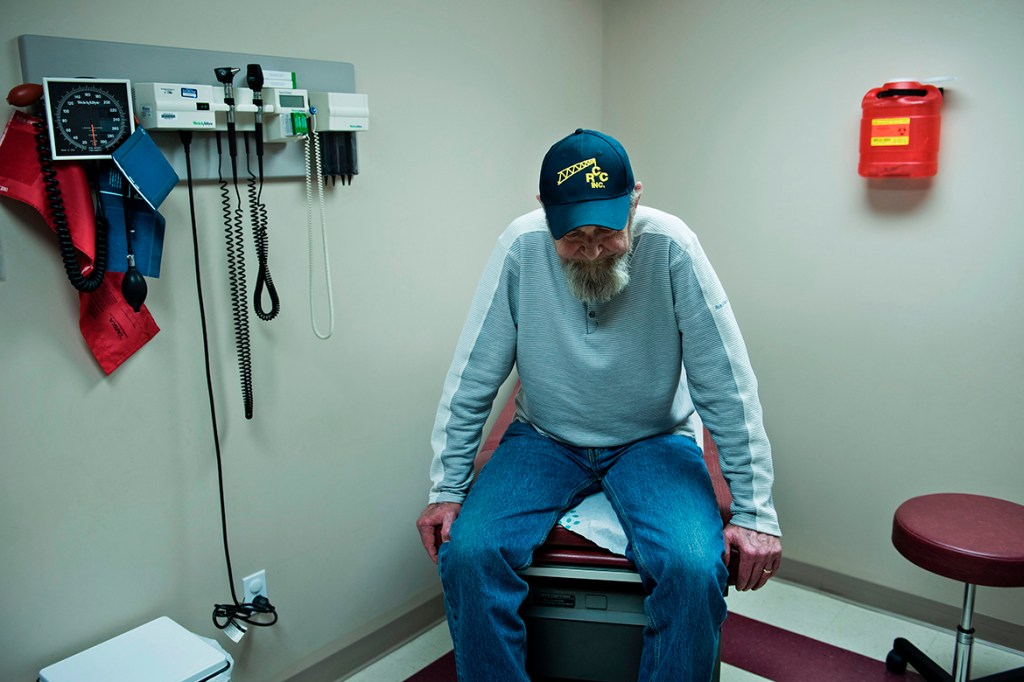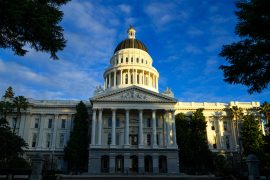One community health center in New York has frozen hiring. Another in Missouri can’t get a bank loan to expand.
The nation’s 1,400 community health centers are carefully watching expenses in case the financial rescue they hope Congress delivers this week doesn’t arrive. With four days left in the government’s fiscal year, Congress has not voted on reauthorizing billions of dollars now going to community health centers and other health programs for the 2018 budget year that starts Sunday.
“The anxiety level is increasing on almost a daily basis,” said Dan Hawkins, senior vice president of the National Association of Community Health Centers (NACHC) in Washington, D.C. “There is broad support and agreement in Congress that it should get done, but we are working against a ticking clock and a crowded legislative calendar.”
For the past two weeks, the GOP’s scramble to repeal the Affordable Care Act before the month ends pushed other health care matters off the congressional agenda. That effort ended Tuesday when Senate Republicans said they would not seek a vote this week because they lacked enough support to pass the bill.
It’s not clear if lawmakers’ lighter agenda will now leave room for funding health centers or deciding other issues, such as renewing the Children’s Health Insurance Program (CHIP), which also expires Saturday. At a hearing Monday, Senate Finance Committee Chairman Orrin Hatch (R-Utah) urged his colleagues to work with the Senate’s health committee to settle the matter. NACHC officials privately express optimism that a deal might come later in October if not by Sunday.
Community health centers operate in more than 9,500 locations, serving 27 million people, according to the NACHC. They are the main source of health care for many low-income Americans — and the only source of primary care in many underserved areas.
Health centers provide preventive care, counseling, dentistry and primary care to everyone, whether or not they can pay. A sliding fee scale based on income and family size is available to patients without insurance.
In 2015, nearly 1 in 6 Medicaid beneficiaries received health center services, the Kaiser Family Foundation reported this year. (Kaiser Health News is an editorially independent program of the foundation.)
“The end result is these are people who will be locked out of health care” without new funding, Hawkins said.
Community health centers gained billions of dollars in federal revenue under the ACA, which created a special trust fund to support them from 2011 through 2015. The Community Health Center Fund was extended in 2015 for two years with an additional $3.6 billion annually.
That money represents 70 percent of all federal grants to health centers and about a fifth of their annual revenue. Medicaid reimbursements account for the largest share, about 40 percent.
One beneficiary is Pamela Richardson, a 60-year-old patient of Valley Community Healthcare in North Hollywood, Calif., who suffers from an iron absorption disorder called hereditary hemochromatosis. She was unable to get health insurance before Obamacare prohibited insurers from excluding people with preexisting medical conditions. The clinic helped her sign up for coverage through the Medi-Cal expansion.
Once Richardson was covered, she received long-delayed primary care, which revealed she had “scary high” blood pressure and a lump in one breast (which proved benign). “When you don’t have insurance you don’t get breast exams. You don’t have Pap smears,” she told a KHN reporter earlier this year. “I wish people had a little more patience with Obamacare. Once you get what’s wrong with you under control, the cost would come down.”
California has by far the most federally funded health centers and they serve 6.2 million Californians, according to CaliforniaHealth+ Advocates, which represents state clinics. They have received over $1.6 billion from 2011 through 2016 from the Community Health Center Fund, more than any other state, the Congressional Research Service reported in January.
If health centers receive no new funds for 2018, the ensuing financial crunch would cost 51,000 jobs, force the centers to close 2,800 locations and cause 9 million people to lose health care services, according to a budget document that the Health and Human Services Department gave Congress in July.
Uncertainty about what Congress will do now is already causing problems. Hawkins said his members call him and his staff every day, fretting about employment contracts, lease agreements and equipment rentals that run past Oct. 1.
Neighborhood Health in Nashville, Tenn., has federal grant money that will carry it through Jan. 31, but CEO Mary Bufwack said some of her 180 staff members live paycheck to paycheck and are getting nervous about Neighborhood’s stability.
Bufwack is worried the health center won’t receive money it needs to replace a clinic, a project now being planned.
She fears that a new doctor she recruited to join Neighborhood next June will take another job before she can get his signature on an employment contract. And she doesn’t want to do that until she’s sure about her budget.
Mostly, she worries that whatever Congress gives her will be only for one year.
“We’re already worried about next Sept. 30,” Bufwack said.







